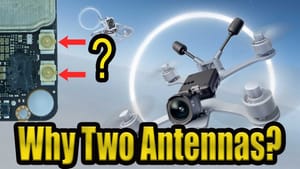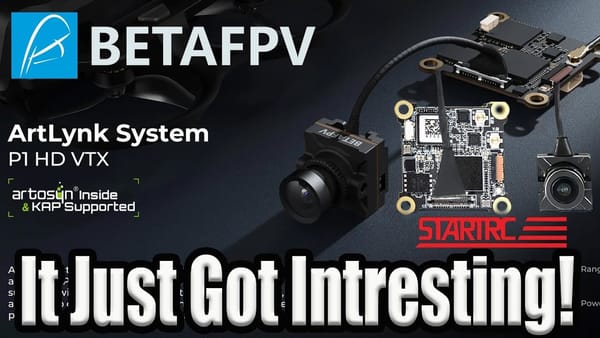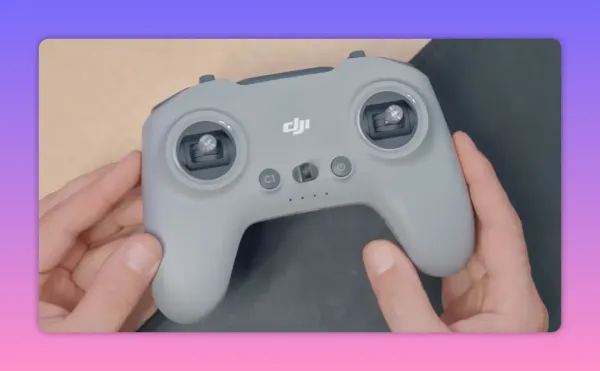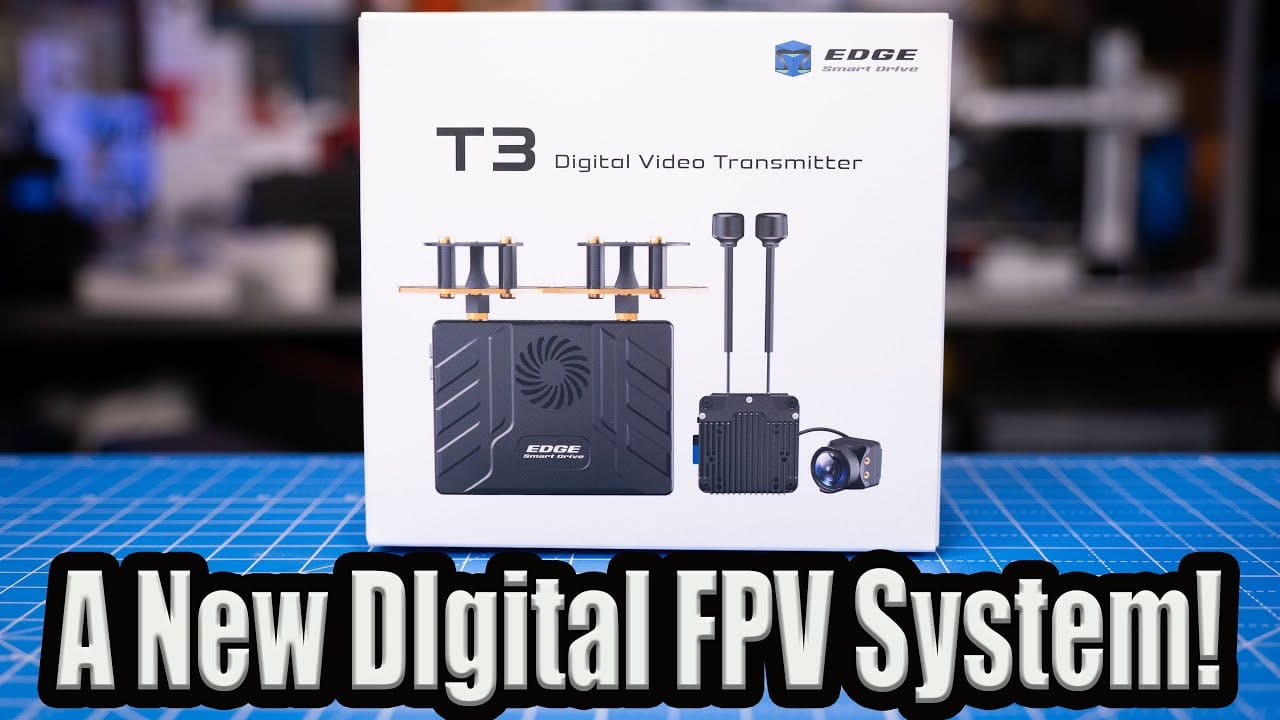
Edge Smart Drive has dropped the T3 HD digital FPV system into the FPV pond, promising to shake up the status quo. But can this Wi-Fi-based newcomer compete with DJI and Avatar HD, or is it just another pipe dream dressed in clever marketing jargon?
This report breaks down the T3’s hardware, RF link, latency, flight performance, and the marketing fluff—so you don't have to waste your time or money.
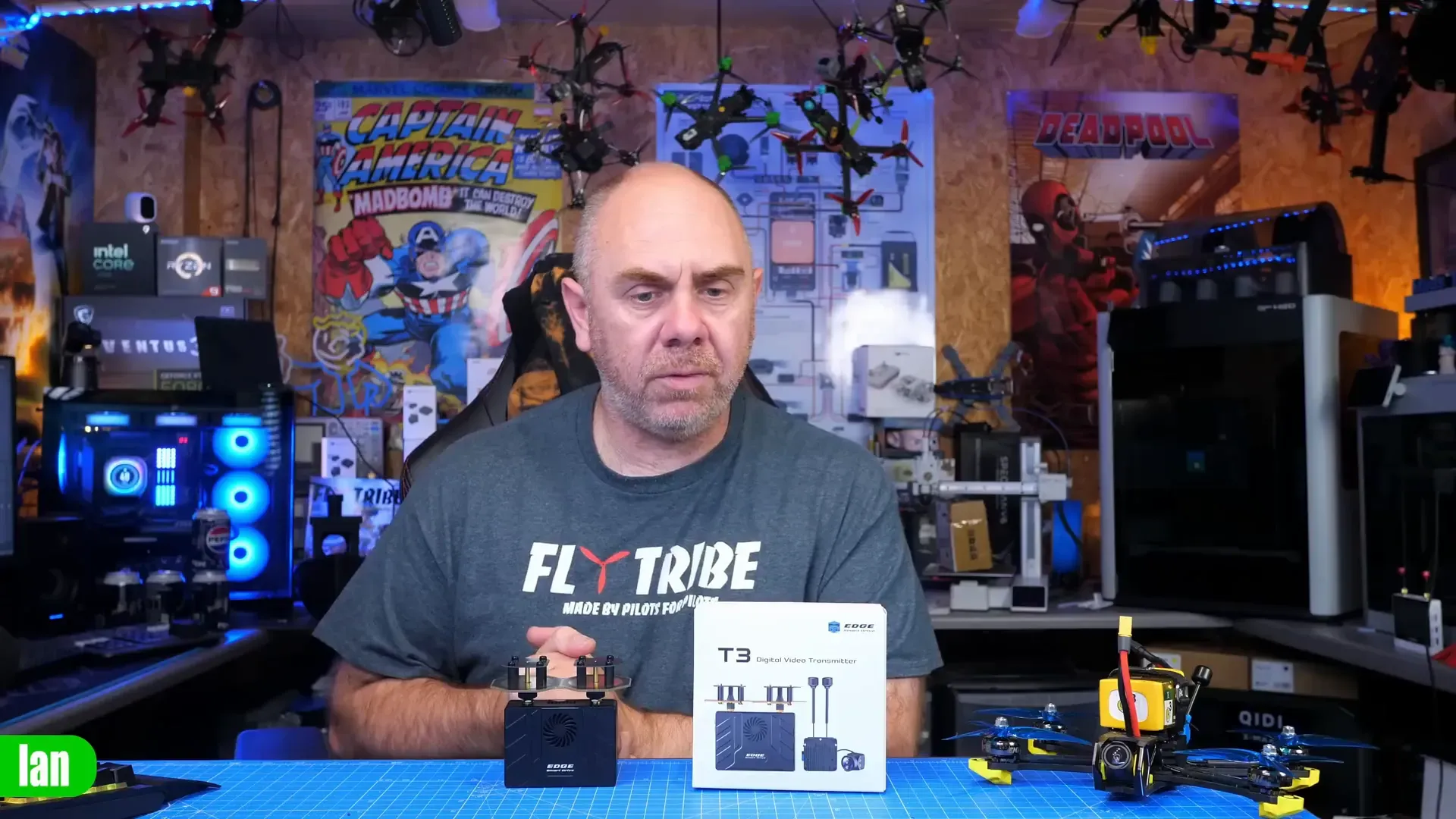
TL;DR
- Edge T3 is a Wi-Fi-derived, closed-source digital FPV system with some unique hardware choices.
- It offers decent image quality and smooth frame delivery, but latency is on the high side.
- Low-level detail and compression artefacts are problematic, making it unsuitable for freestyle or racing.
- Marketing claims about AI super-resolution and camera specs don’t hold up under scrutiny.
- Priced similarly to Avatar HD but lacking in ecosystem maturity and features.
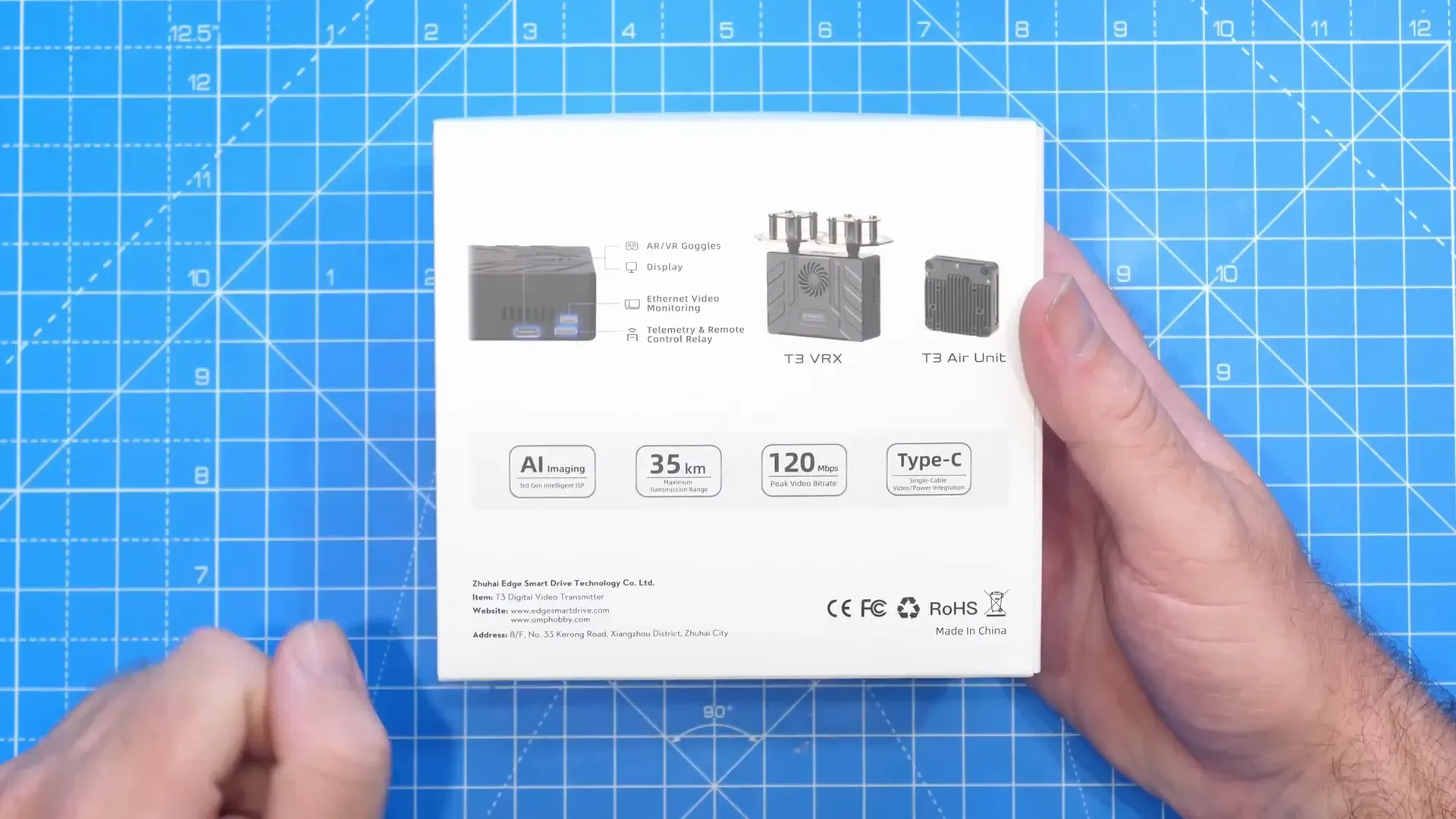
Hardware Overview: Ground Station and Air Unit
The T3 system consists of two boxes: a VRX ground station and a VTX air unit with an integrated camera. The ground station is a chunky fixed device, not goggles. It sports dual removable 5 GHz patch antennas, USB-C ports, and a built-in battery, allowing untethered use for a short while. Notably, it lacks direct HDMI output but supports USB-C to HDMI adapters.
The VTX air unit resembles the original HD Zero freestyle VTX in shape and size. It comes with two antenna ports (UFL connectors underneath), a MIPI camera connection, and an SD card slot for onboard DVR. The camera is reportedly Sony Starvis 2, but we'll get to that later.
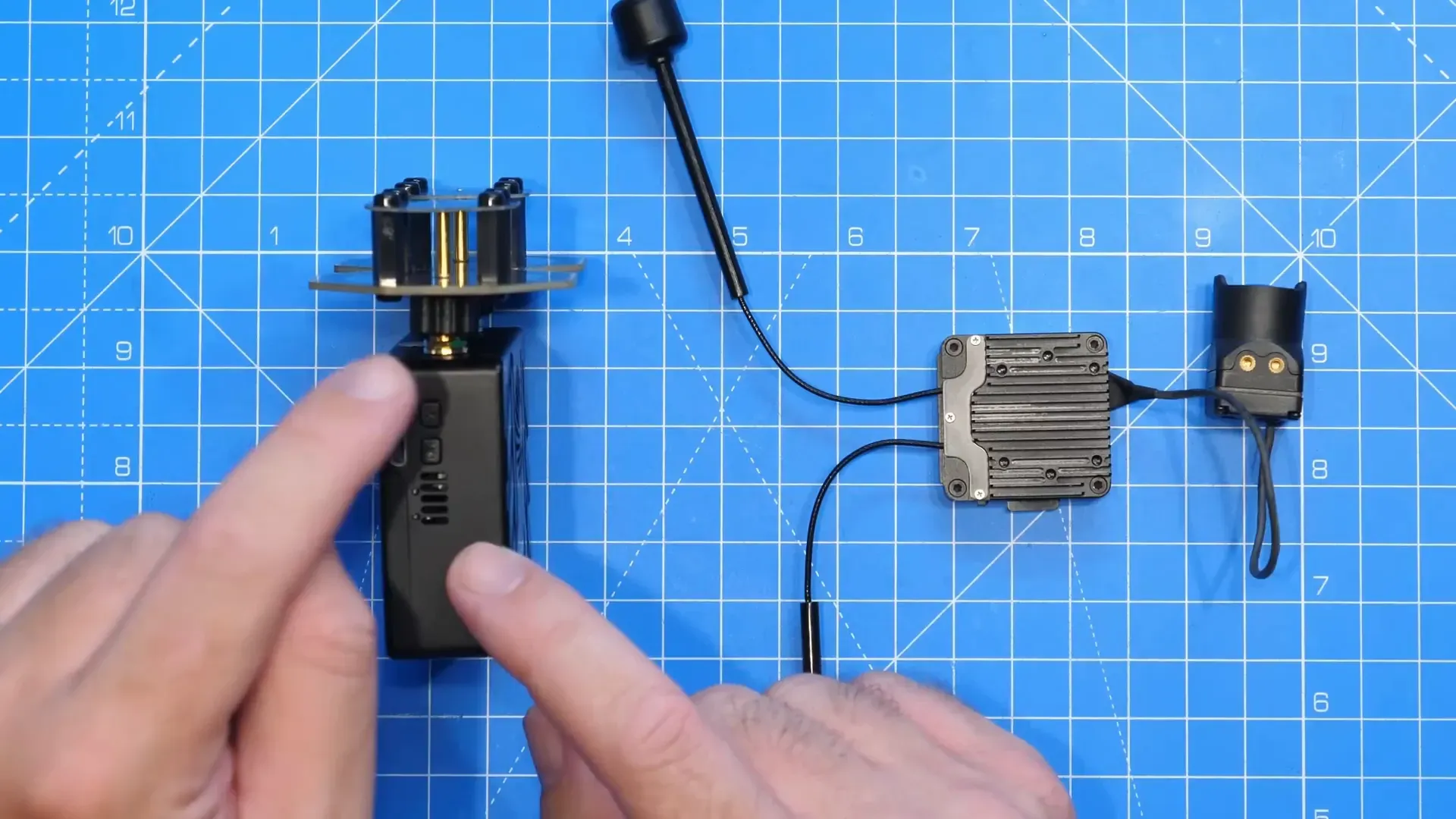
Cables for LAN, RC input, and flight controller integration come in the box. The VTX supports SBUS and UART through a DJI-compatible power port, and there’s Ethernet tunneling for data passthrough—something more common in industrial or large payload setups than in consumer FPV.
The air unit also offers servo outputs for pitch and yaw, hinting at head tracking or gimbal control. However, documentation and practical use of these features are sparse.
Wi-Fi-Based RF Link: Familiar but Different
The T3 system rides on 5 GHz Wi-Fi hardware, specifically Realtek RTL8812EU chipsets on both air and ground units. It uses a modified MAC-level driver but closed-source software, setting it apart from open-source Wi-Fi FPV projects like OpenIPC or RubyFPV.
This means it’s still constrained by Wi-Fi hardware limits, unlike DJI or Avatar systems, which use fully customized RF pipelines. In simple terms: DJI and Avatar design their own RF “pipes,” while T3 uses the Wi-Fi “pipe” and tweaks what flows through it.
The system only runs on 5 GHz, with selectable frequencies across typical Wi-Fi bands. The bandwidth is fixed at 20 MHz, with no options for 10 MHz or 40 MHz channels. Transmit power settings range from 20 mW to a claimed 2000 mW (2 W), but measuring actual RF output is complicated by the system’s variable power behavior depending on link saturation and data throughput.
Testing on a spectrum analyzer confirmed the link is bidirectional, with video flowing from air to ground and control data flowing back. Power output increases as the receiver moves away, typical of Wi-Fi adaptive power control.
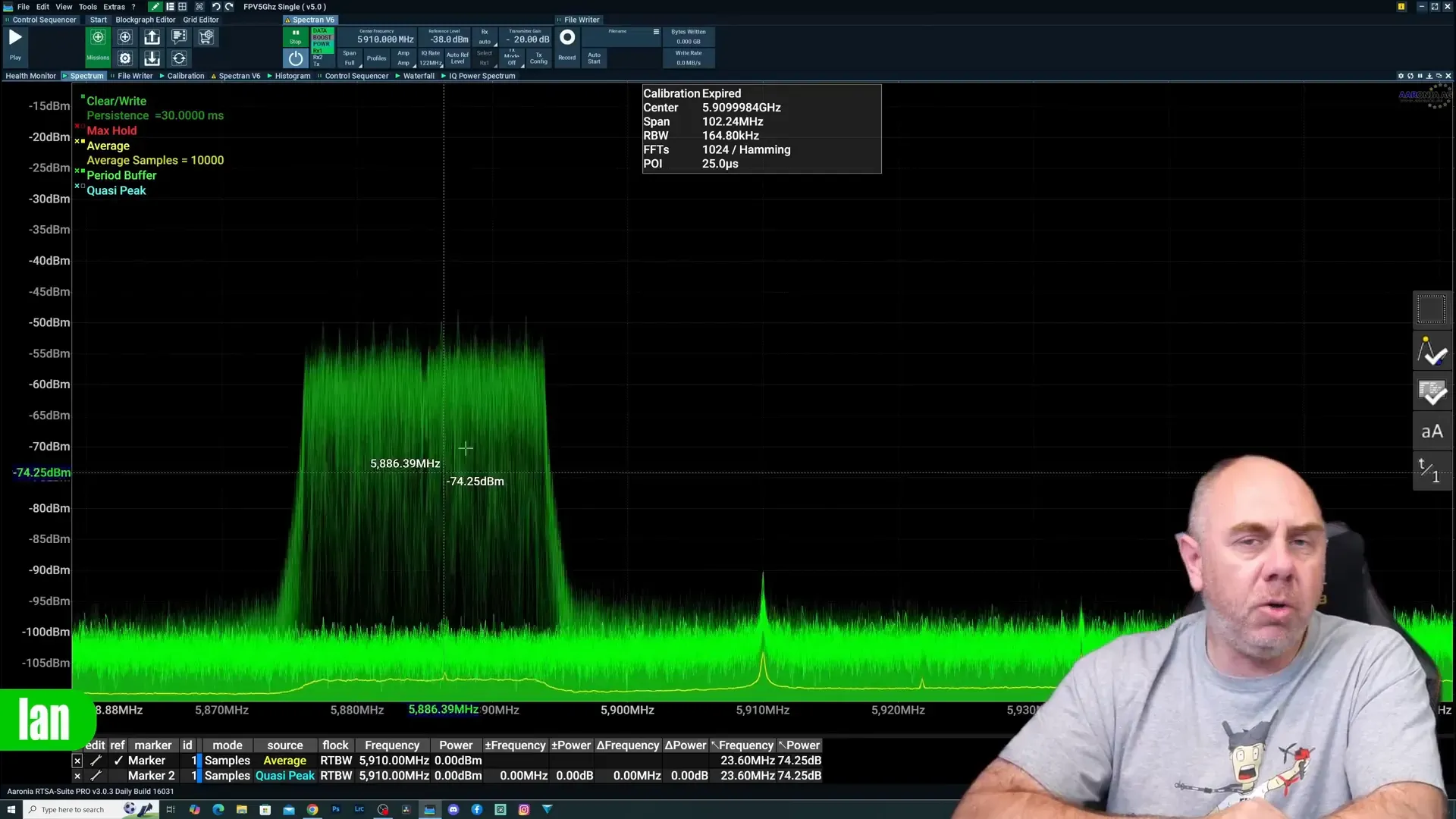
Latency: Higher Than Expected, but Smooth
Latency tests on HDZero goggles with a high-speed 1000 FPS test camera showed average first pixel latency of 67.7 ms and full frame latency of 86.7 ms. The best low latency run was 59 ms, which is significantly higher than DJI or Avatar HD systems.
Part of the latency penalty comes from the USB-C video output, which internally converts HDMI to DisplayPort and back to HDMI to feed the goggles. This multiple conversion pipeline adds delay.
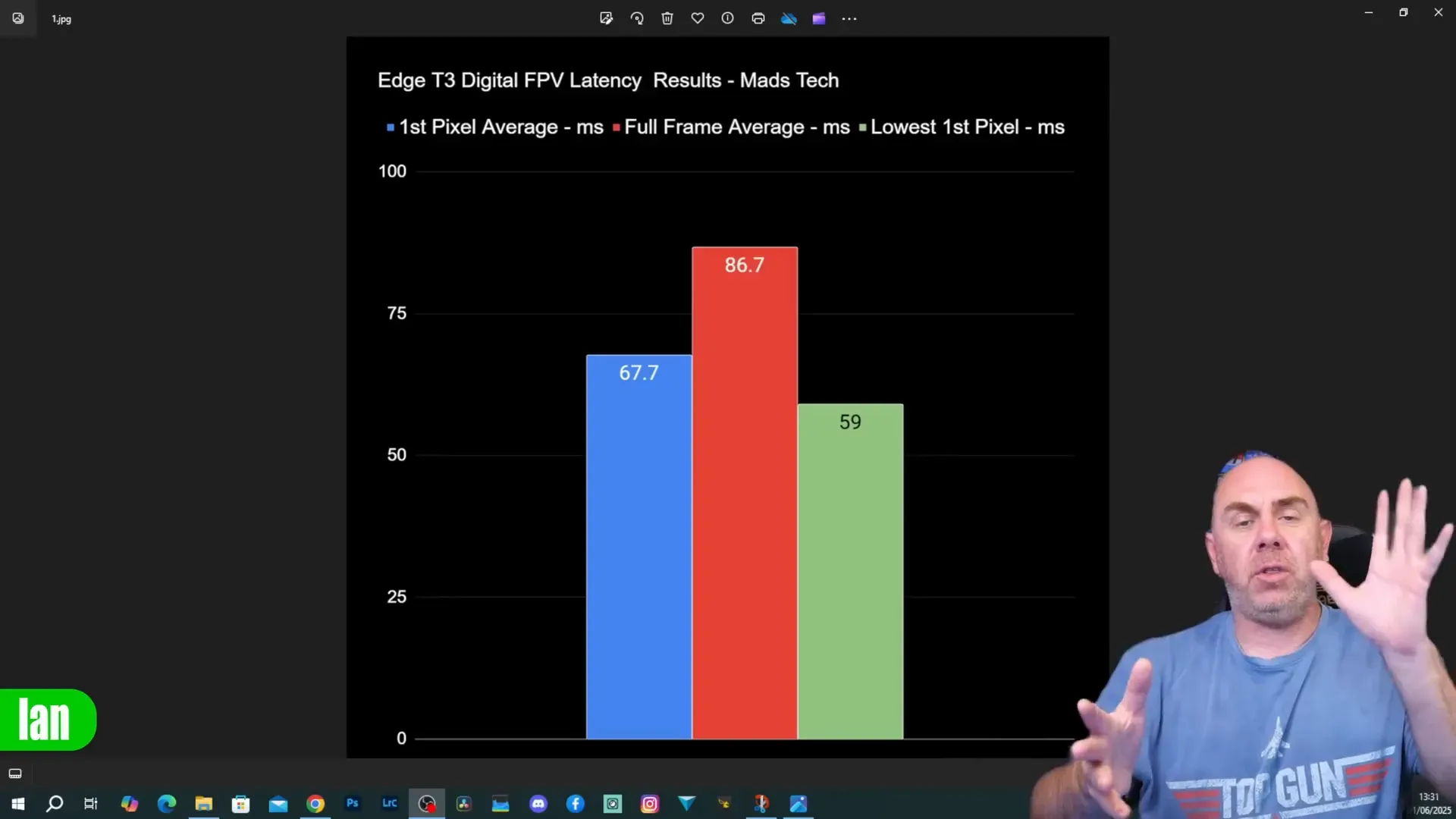
While that latency is high for racing or freestyle, the frame delivery is smooth, without the stuttering or jitter seen in some open-source Wi-Fi FPV systems. Variance between latency runs was moderate, better than early Avatar HD launches.
Flight Performance: A Mixed Bag
Initial flights showed the system feels like traditional digital FPV, with smooth frame delivery and familiar latency. Compression artefacts are visible, especially on grass and high detail textures, reminiscent of DJI FPV version 1.
Low-level flight suffers from heavy smearing and mushy detail, making it unsuitable for freestyle or racing. However, at higher altitudes or in fixed-wing scenarios with less complex detail, image quality is respectable.
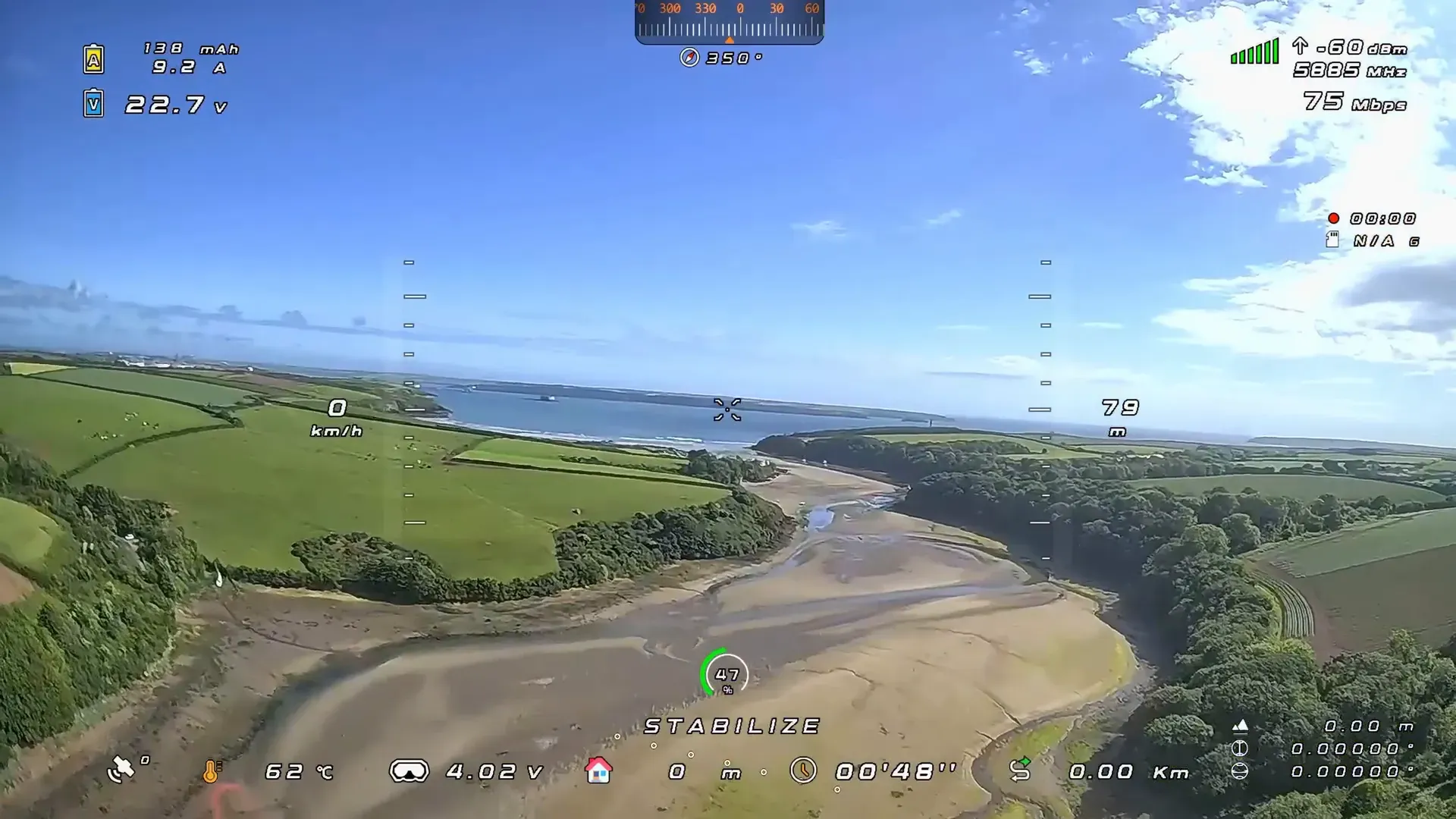
Signal loss behavior is a cliff-edge affair: data rate drops sharply from stable 20 Mbps to zero, with the image cutting out abruptly. Recovery is fast, often quicker than DJI, but the lack of a “focus mode” or smooth degradation is a drawback.
Flying over water or repetitive textures further exposes the codec's weaknesses. The system handles windy conditions well but shows latency impact on control responsiveness.
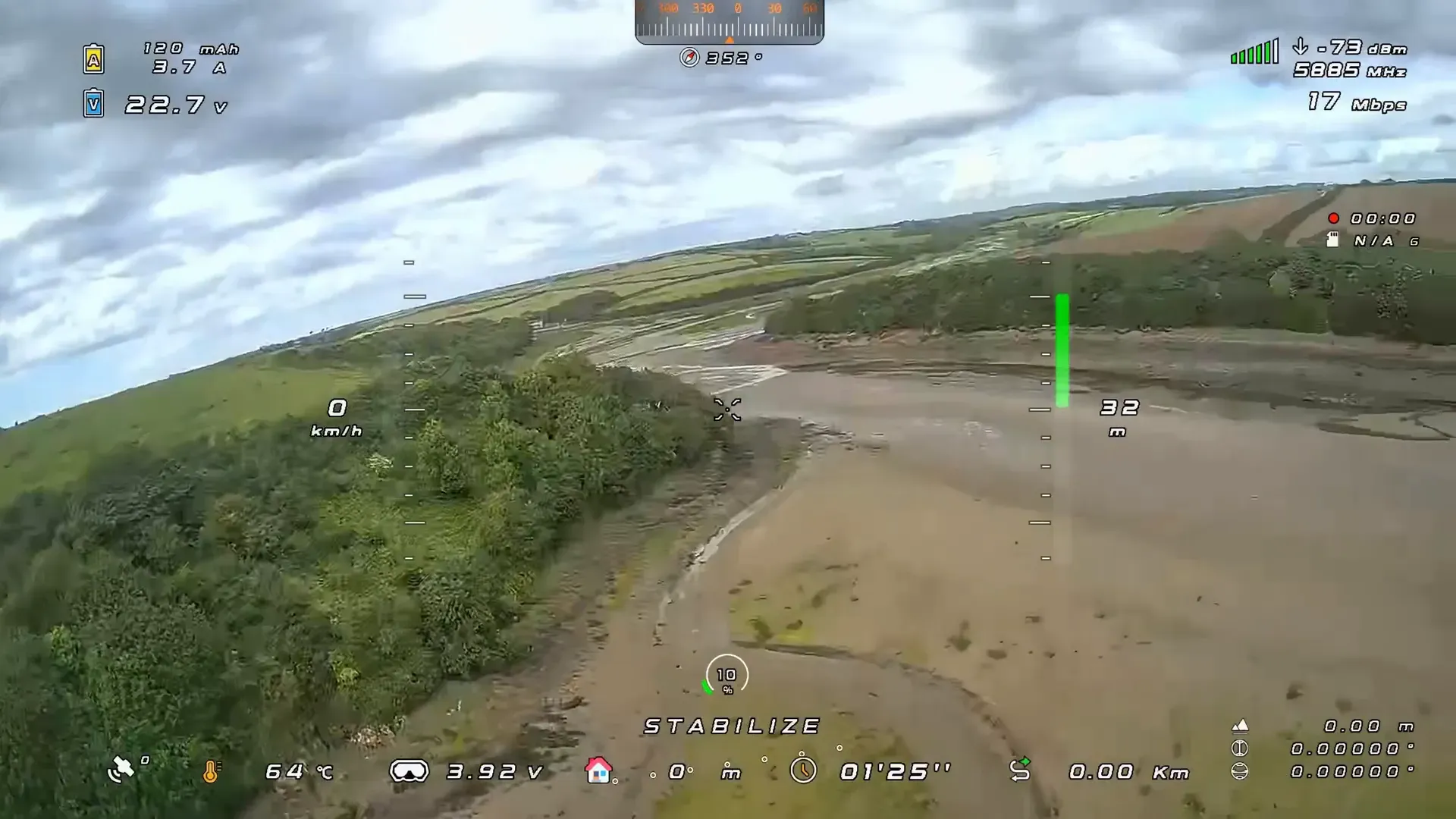
Low Light and Night Flight: Genuine Starvis, But Not Magic
Tests in diminishing light show the camera maintains usable image quality well below human eye perception under starlight mode. Noise increases, and detail fades, but it’s still flyable in low light.
However, once it gets very dark, detail disappears into mush, and the image becomes noisy. The system is not a dedicated night vision camera—it operates at the limits of standard Starvis sensors.
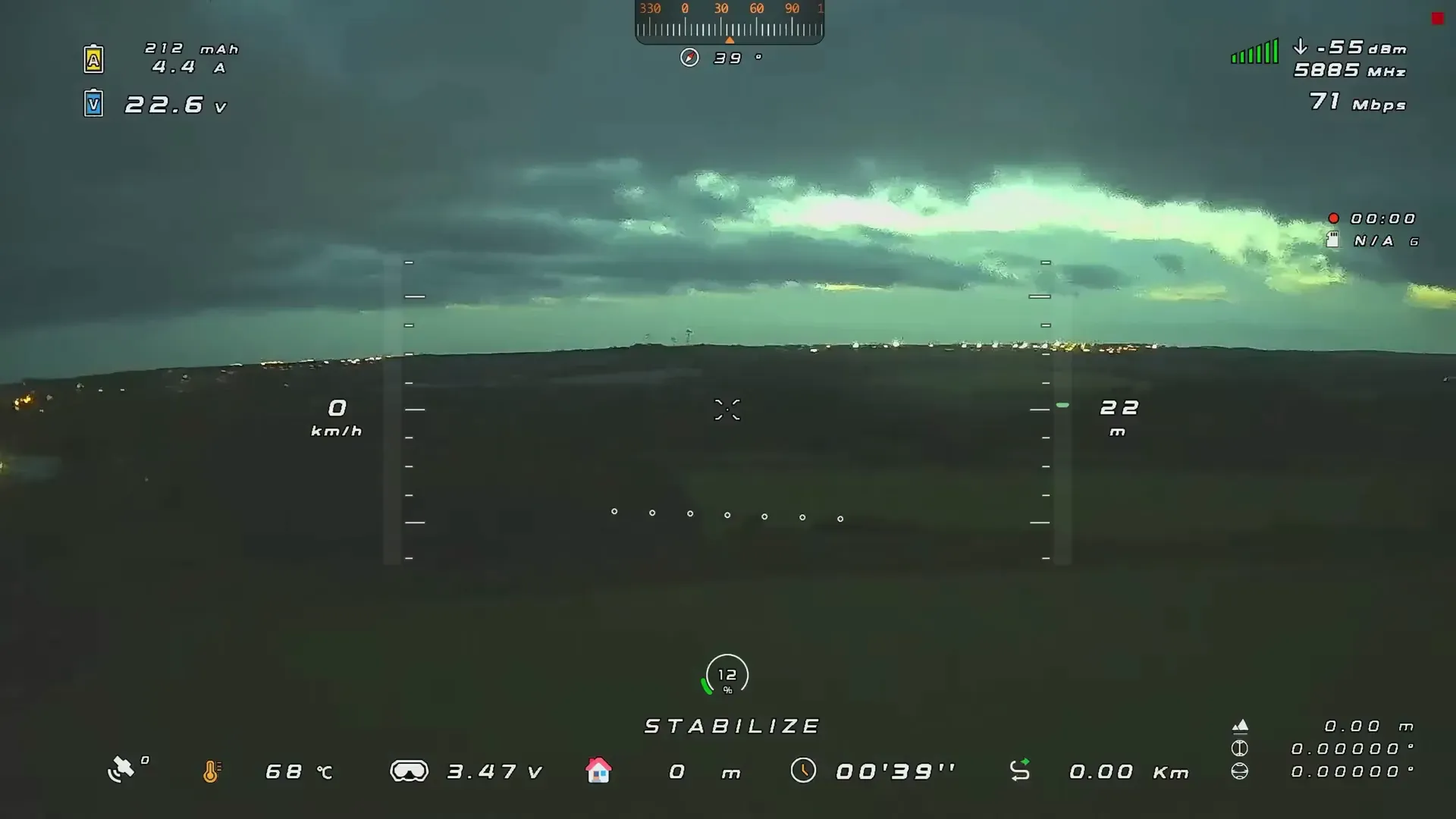
Multiple starlight enhancement settings and electronic filters don't seem to make much difference in practice, despite marketing claims.
Teardown: Realtek Wi-Fi and SigmaStar Codecs
The VRX ground station houses a Realtek RTL8812EU Wi-Fi card, a SigmaStar SSR621Q chipset (common in CCTV NVRs) for video decoding, and a 21700 Samsung 5000mAh battery. The unit has multiple shields, a fan, and Ethernet and serial IO ports.
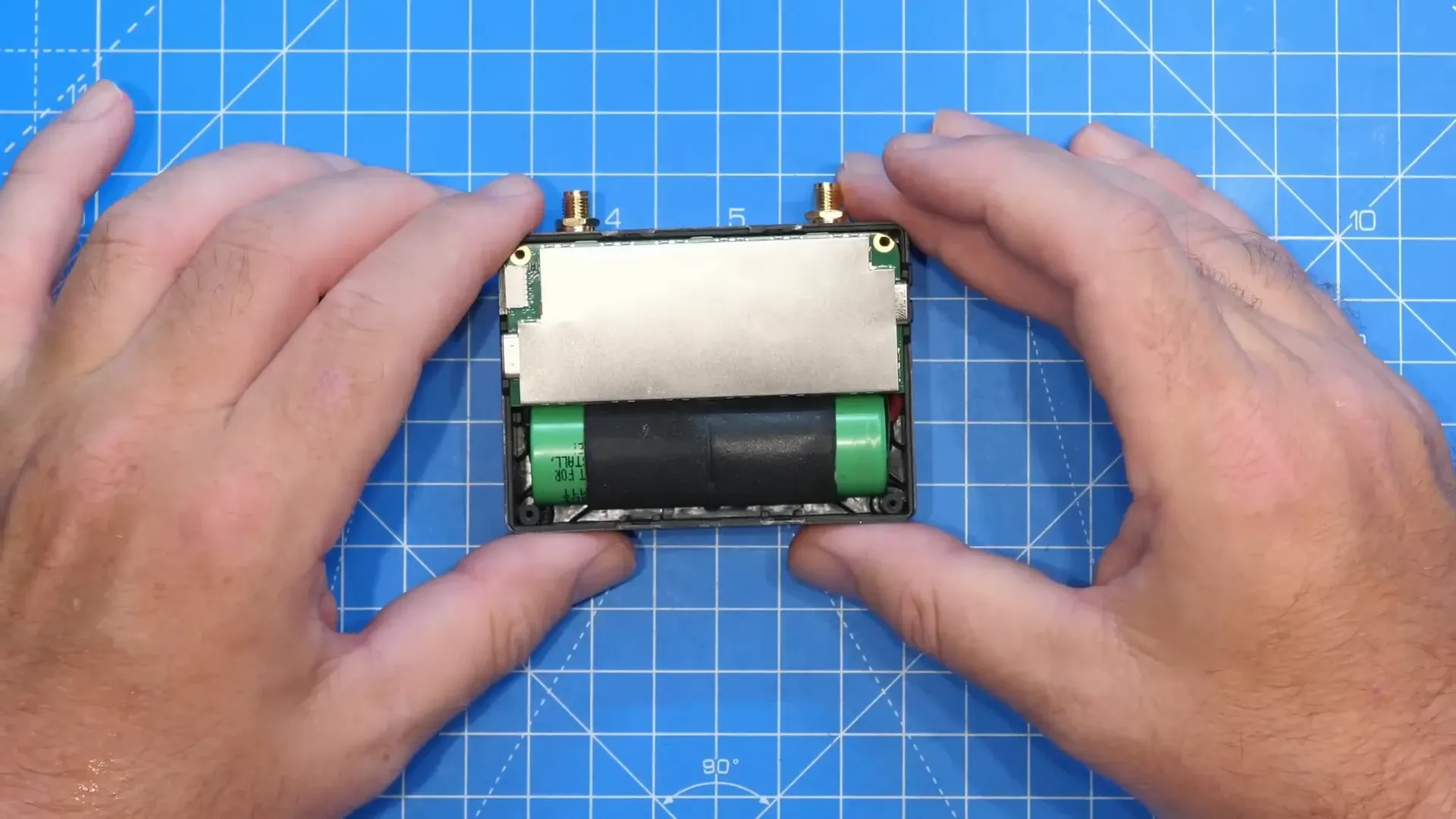
The VTX air unit also uses a SigmaStar SSC378DE chipset, a newer model than the VRX’s, and the same Realtek Wi-Fi chipset. The camera features a two-board design with a MIPI interposer for connecting the sensor, a large Sony sensor underneath, and an IR filter.
Interestingly, the HDMI output from the SigmaStar chip is converted to USB-C DisplayPort internally, explaining the video output pipeline and associated latency.
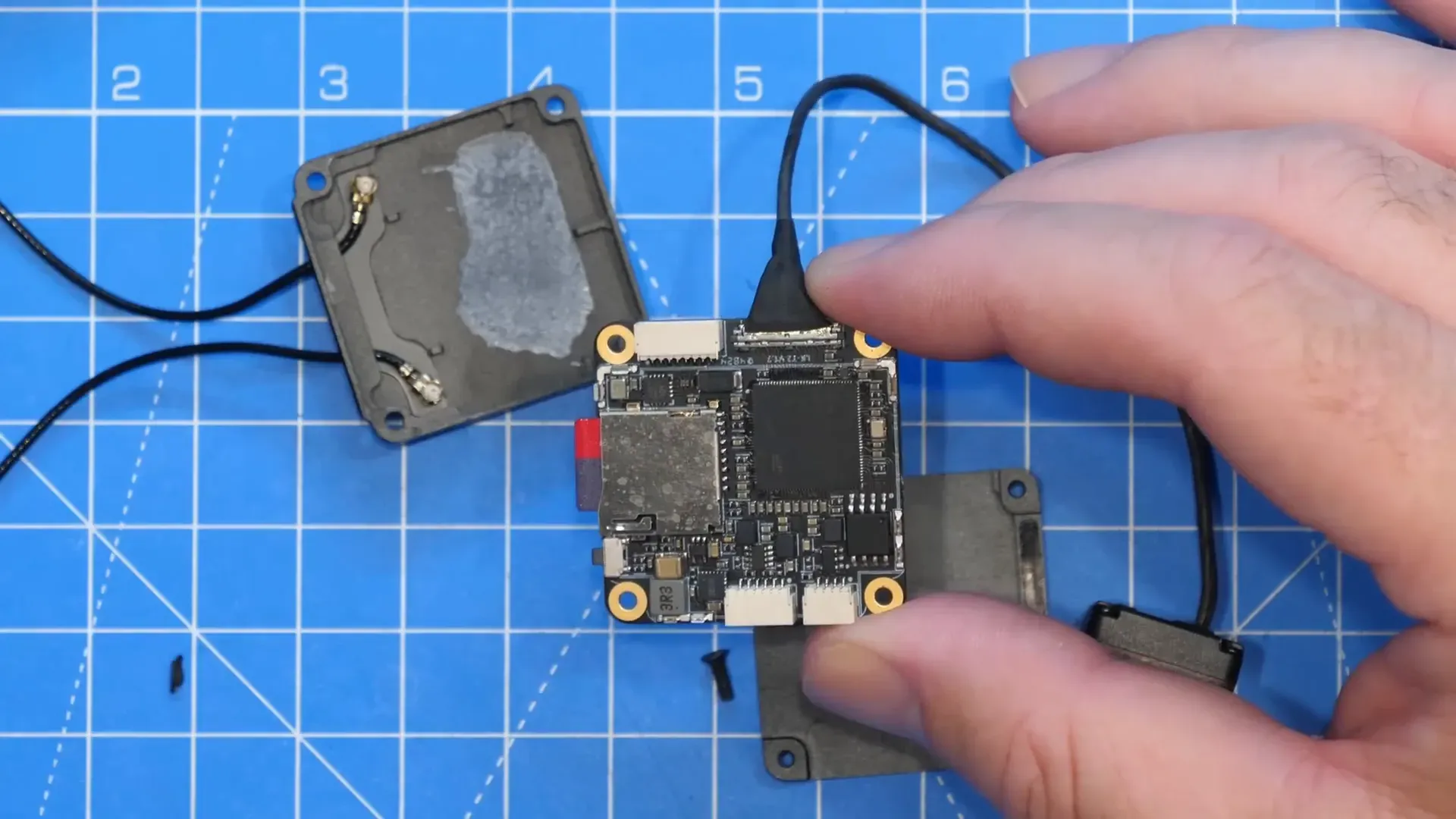
Marketing vs Reality: AI and Bitrate Claims
Edge T3’s website brags about AI imaging, “third-generation ISP,” and “super-resolution” that supposedly boosts 1080p to near 2.7K or 4K clarity. Tests and teardown suggest this is marketing spin. The SigmaStar chipset’s AI branding is generic and does not magically increase resolution.
The camera sensor is likely a Sony IMX307 (Starvis), not the newer IMX662 Starvis 2 sensor claimed. Both sensors are similar in size and performance, but the mismatch undermines trust.
Bitrate readings on the OSD and DVR show up to 120 Mbps, but this is theoretical PHY data rate, not actual video throughput. Real Wi-Fi limits and codec compression mean real video bitrate is lower, explaining visible compression artefacts.
Wireless mobile viewing via Wi-Fi streaming is advertised but non-functional in tested units. Firmware and documentation are sparse, leaving features incomplete or disabled.
Final Verdict: Interesting but Not a Threat to Established Players
The Edge T3 system is a competent Wi-Fi-based digital FPV with solid image delivery and a unique hardware approach. However, it suffers from high latency, compression artefacts, poor low-level detail, and marketing overreach.
Its pricing—around $329 for the full kit—is close to Avatar HD, which offers better latency, ecosystem support, and flexibility. For most FPV pilots, Avatar HD remains the better choice.
That said, T3 might find a niche with fixed-wing pilots or long-range flyers who value its Ethernet passthrough and Mavllink support. The built-in battery on the ground station is a nice touch, but the lack of tripod mount and clunky USB-C video output limit practicality.
Edge Smart Drive deserves credit for shipping a working closed-source Wi-Fi FPV system that flies like a traditional digital link. But it needs better documentation, firmware polish, and honest marketing to compete seriously.
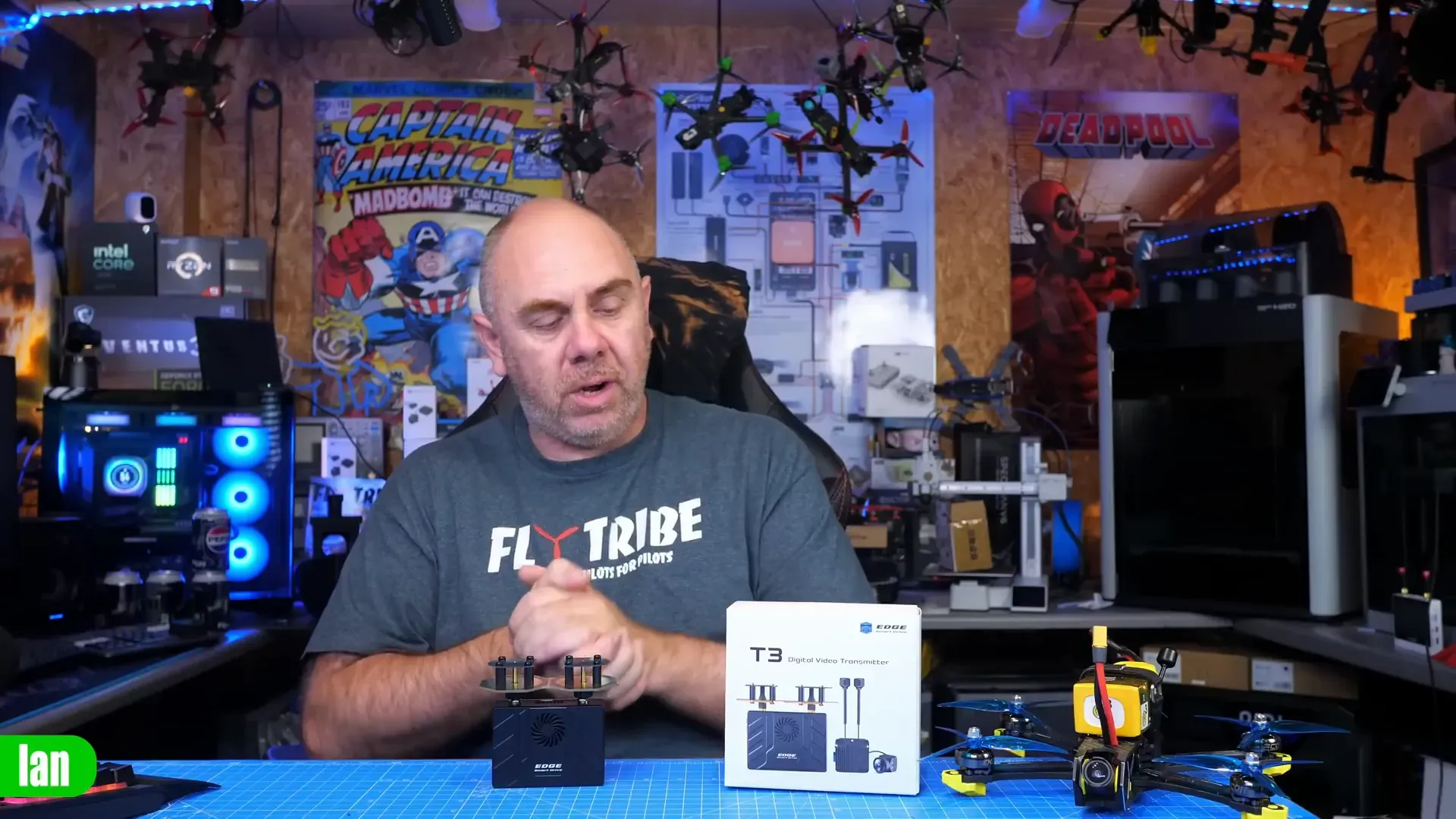
FAQ
Is the Edge T3 system open source?
No. While it uses Wi-Fi hardware similar to open-source projects like OpenIPC, the software is closed source and proprietary.
What frequency bands does the T3 operate on?
It operates exclusively on 5 GHz Wi-Fi bands; there is no 2.4 GHz option.
Does the system support recording?
Only the air unit has an SD card slot for onboard DVR. The ground station has no SD card slot, though it has internal memory that may or may not be accessible.
Can I use the T3 system for freestyle or racing?
No. The latency is relatively high, and compression artefacts on detailed scenes make it unsuitable for fast-paced or close-quarters flying.
Does the T3 support head tracking and RC passthrough?
It has servo outputs for head tracking and an RC passthrough port, but these features are poorly documented and untested at this time.
How does the T3 compare to DJI and Avatar HD?
Avatar HD offers better latency, ecosystem support, and video quality. DJI is also lower latency with more mature software. T3’s niche may be in fixed-wing or long-range setups with Ethernet passthrough needs.
Takeaway Box
- Edge T3 uses Wi-Fi hardware with closed-source software, unlike open-source Wi-Fi FPV projects.
- It delivers smooth frame rates but suffers from high latency and compression artefacts.
- Low-level detail is mushy; not suited for freestyle or racing FPV.
- Marketing claims on AI and camera specs don’t match reality.
- Priced close to Avatar HD but falls short on features and ecosystem.
This article was based from the video EDGE T3 HD Digital FPV Video Transmission System - A New Player Joins The Game!




